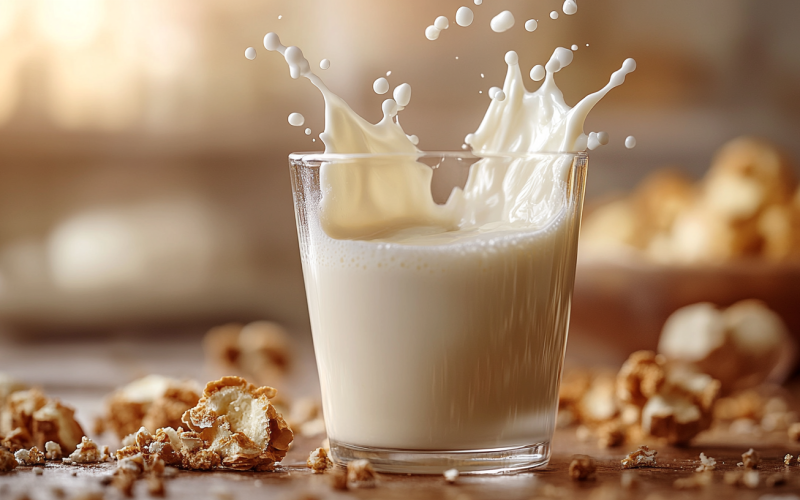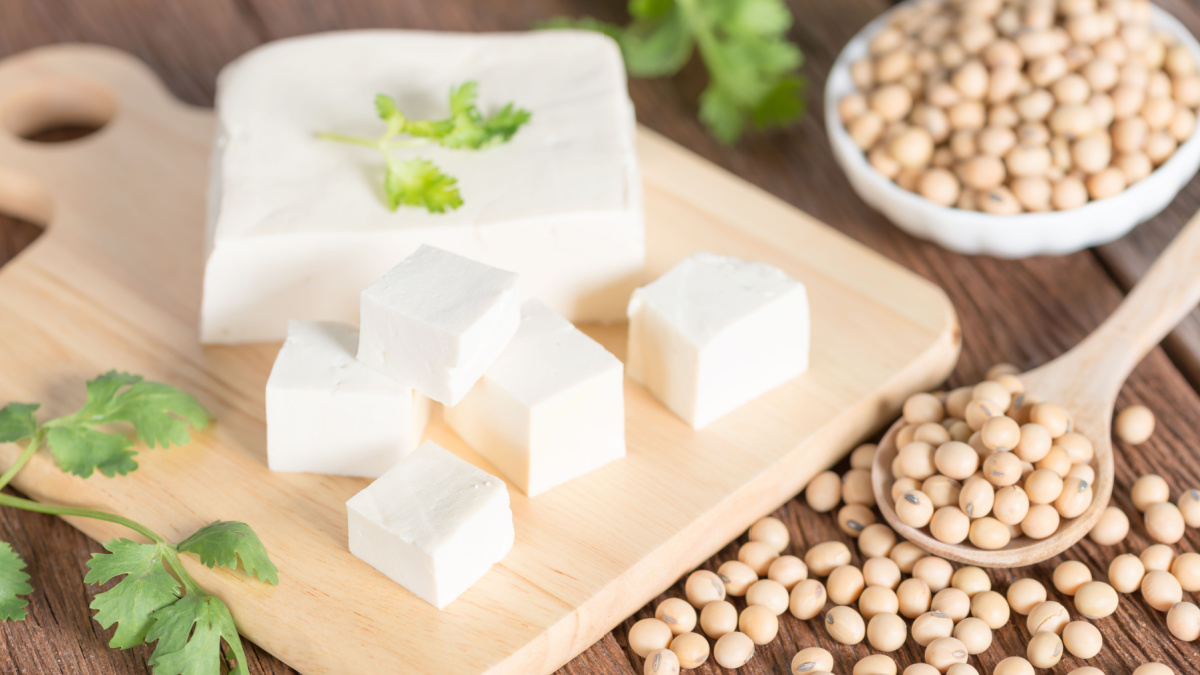If you’ve ever experienced discomfort after enjoying a glass of milk, you might be familiar with lactose intolerance. Lactose-free milk offers a solution, as it’s designed specifically for those who can’t digest lactose effectively. By adding lactase, the enzyme that breaks down lactose, to regular milk, manufacturers create a product that’s both familiar and suitable for your needs. But how does this process impact the taste, nutrition, and versatility of the milk you might choose for your daily consumption? Understanding these aspects can help you make informed choices about your diet.
Understanding Lactose and Lactose Intolerance
Understanding lactose and lactose intolerance is crucial, especially if you’re among the many people who experience discomfort after consuming dairy products.
Lactose is a sugar found in milk and dairy, and your body needs an enzyme called lactase to break it down. If your body doesn’t produce enough lactase, you might face symptoms like bloating, gas, or diarrhea after eating dairy.
This condition, known as lactose intolerance, affects people differently; some can tolerate small amounts of lactose, while others can’t handle any. Recognizing your limits is essential for managing your diet.
You shouldn’t have to suffer after enjoying a meal, so knowing about lactose intolerance can help you make better food choices and improve your overall well-being.
The Process of Making Lactose-Free Milk
For those with lactose intolerance, lactose-free milk offers a tasty alternative to regular dairy. The process begins with regular milk, which contains lactose.
To make it lactose-free, manufacturers add an enzyme called lactase. This enzyme breaks down lactose into simpler sugars, glucose and galactose, which are easier to digest.
After adding lactase, the milk is usually left to sit for a while, allowing the enzyme to work its magic.
Once the lactose is fully broken down, the milk is pasteurized to eliminate any harmful bacteria and ensure safety.
Finally, the lactose-free milk is packaged, ready for you to enjoy. This method retains the creamy texture and flavor you love, minus the discomfort that lactose can cause.
Nutritional Benefits of Lactose-Free Milk
Lactose-free milk packs a nutritious punch, making it an excellent choice for many. It retains all the essential nutrients found in regular milk, including high-quality protein, calcium, and vitamin D. If you’re lactose intolerant, you won’t miss out on these vital nutrients by opting for lactose-free options.
You’ll also find that it contains similar amounts of potassium, which supports heart health and helps regulate blood pressure.
Plus, its creamy texture and taste make it a delightful addition to your diet.
Whether you’re pouring it over cereal, adding it to smoothies, or enjoying it straight from the glass, lactose-free milk provides a delicious, nutrient-rich alternative that suits your dietary needs without sacrificing flavor or nutrition.
Comparing Lactose-Free Milk and Regular Milk
When choosing between lactose-free milk and regular milk, it’s important to recognize how they stack up against each other.
Lactose-free milk offers the same creamy taste and nutritional benefits as regular milk, minus the lactose. If you’re lactose intolerant, lactose-free milk allows you to enjoy dairy without discomfort. Regular milk contains lactose, which can lead to digestive issues for some people.
In terms of calories and protein, both types are similar, but lactose-free milk often has added enzymes to break down lactose, making it easier to digest.
Taste-wise, some people find lactose-free milk slightly sweeter due to the breakdown of lactose into simpler sugars.
Ultimately, your choice should depend on your dietary needs and personal preferences.
Popular Uses and Recipes for Lactose-Free Milk
Many people enjoy incorporating lactose-free milk into their daily meals and recipes. You can use it just like regular milk in a variety of dishes.
Try adding it to your morning cereal or oatmeal for a creamy texture without the discomfort. It’s perfect for making smoothies, giving them a rich consistency while being gentle on your stomach.
You can also use lactose-free milk in baking; it works great in pancakes, muffins, or cakes, ensuring they rise beautifully.
If you’re a fan of creamy soups or sauces, substituting with lactose-free milk can enhance flavor without the lactose.
Don’t forget to whip it into your favorite coffee drinks or enjoy it cold as a refreshing beverage! Enjoy your lactose-free creations!
Lactose-free milk offers a delicious and nutritious alternative for those with lactose intolerance. By understanding the process behind its creation and recognizing its health benefits, you can confidently incorporate it into your diet. Whether you’re enjoying it in your morning coffee, baking, or making smoothies, lactose-free milk provides the same taste and versatility as regular milk without the discomfort. So go ahead, explore the many ways to enjoy this creamy dairy option!









